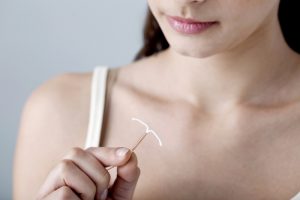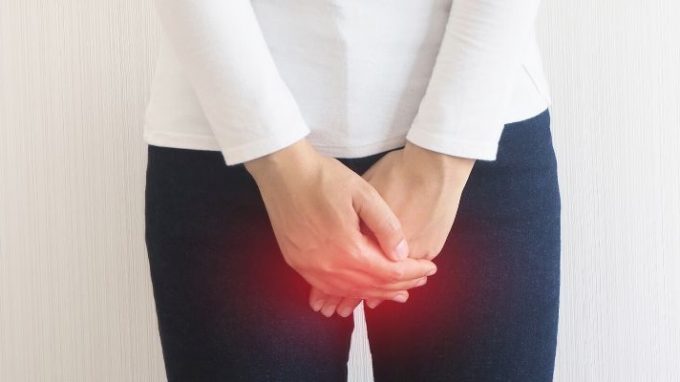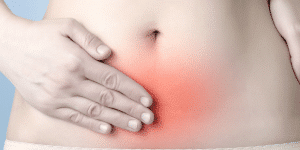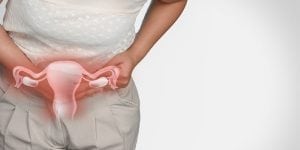Uterine fibroids and endometriosis are common conditions in women. These two conditions share many similar features and they both reduce fertility. Is it possible that the same underlying pathology causes fibroids and endometriosis?
Parallels Between the Two Conditions
One of the most striking commonalities between endometriosis and uterine fibroids is that both conditions involve abnormal growth of uterine tissue in an estrogen-responsive fashion. The major difference between the two conditions is that unlike fibroids, in endometriosis, the affected uterine tissue is located outside of the uterus.
A controlled study showed that 20 to 25 percent of women with symptoms due to fibroids or endometriosis had both conditions simultaneously. In the control group of women without symptoms, no woman had both conditions simultaneously.
Causes
The causes of these two conditions are not completely clear. Normally, during the menstrual cycle, the lining of the uterus builds up in preparation for a possible pregnancy, and then, if a fertilized egg doesn’t implant, the lining is shed. The lining of the uterus develops from stem cells present in the uterine wall that respond to changes in hormonal levels. Each fibroid is believed to arise from a stem cell that experiences changes in its DNA; it proliferates in response to the hormones and then fails to be shed during menstruation, eventually producing a solid rubbery mass.
Endometriosis seems to behave very similarly to fibroids, except the abnormal stem cells somehow escape from the uterus into the abdomen, where they proliferate in response to the hormones and form abnormal lesions that, like fibroids, are not shed as hormonal levels change during the menstrual cycle.
Thus, the underlying etiology seems to involve an abnormality of the endometrial stem cells. Both of these conditions tend to run in families, and women with fibroids or endometriosis often have multiple affected relatives.
Treatment

Neither of these approaches will cause the lesions to shrink, and they are most effective when initiated as early as possible or immediately after surgery to prevent new lesions from developing. Some researchers have speculated that placing a hormonal IUD in young teenage girls at risk due to a family history of these conditions may be effective in preventing the conditions from developing. Hormonal IUDs can be safely used by girls as young as 12.
Dietary changes can also help relieve symptoms and slow the growth of these lesions. Affected women should avoid foods containing phytoestrogens. The primary sources of these substances are soy and soy-based products like tofu and tempeh. Flax and sesame seeds, wheat and lentils also contain significant amounts of phytoestrogens.
Fertility
Fibroids and endometriosis are both associated with difficulty in conceiving and maintaining a pregnancy. Approximately 50 percent of women with endometriosis are infertile, and women with fibroids are at high risk of experiencing miscarriages and serious complications during pregnancy.
An affected woman who wishes to have a child will have to stop her hormonal therapy. Undergoing surgery to remove the lesions that are present is often sufficient to allow for natural conception, a healthy pregnancy and successful birth.




